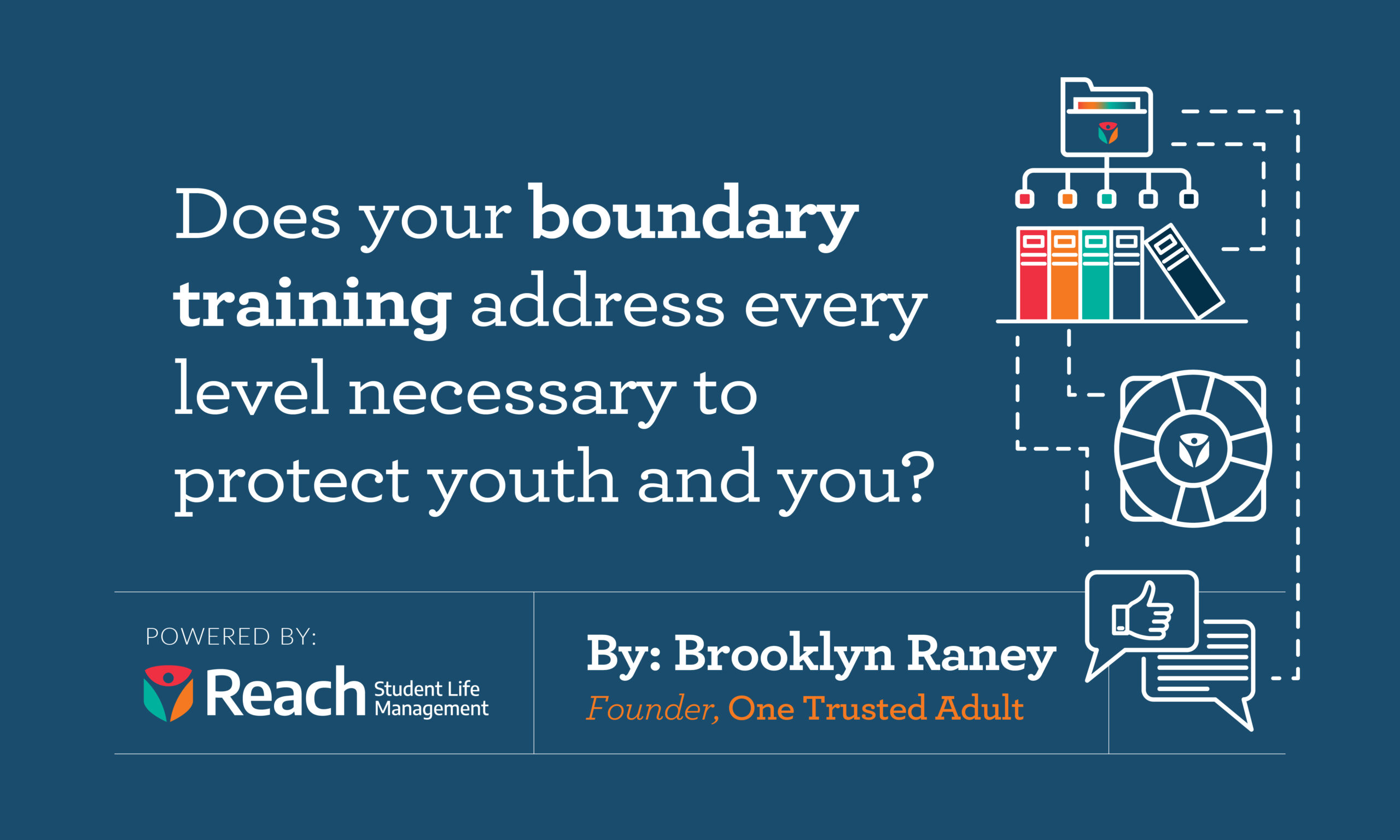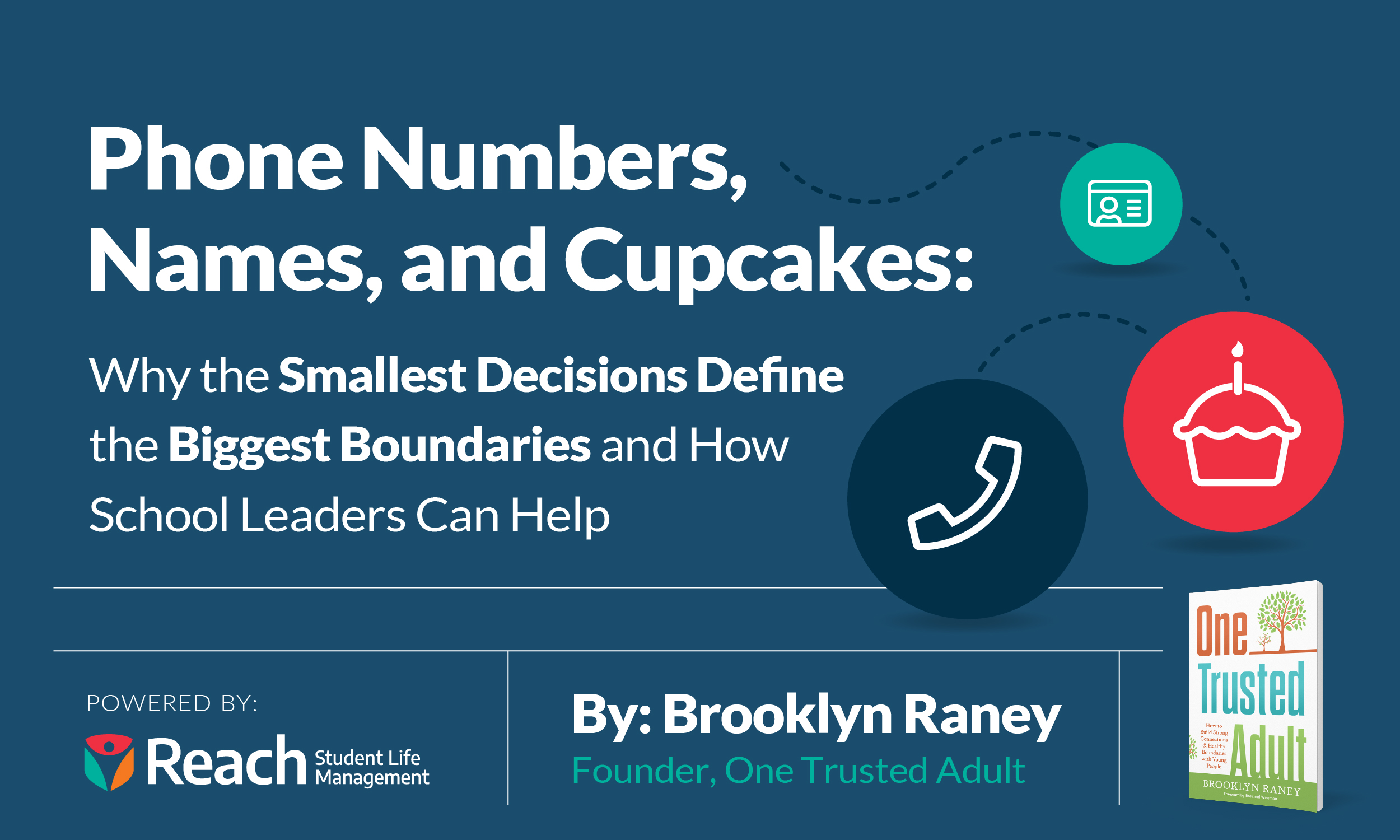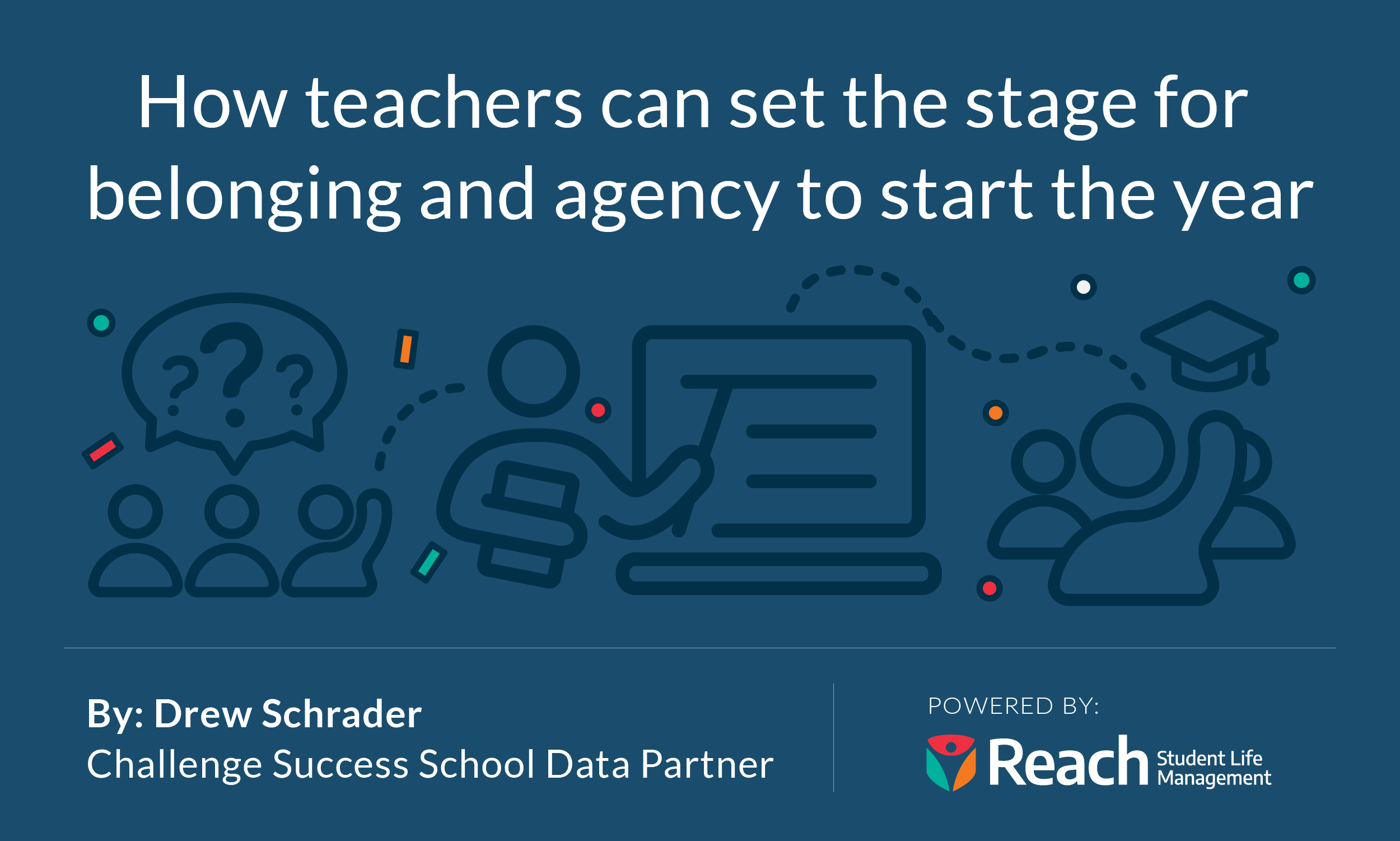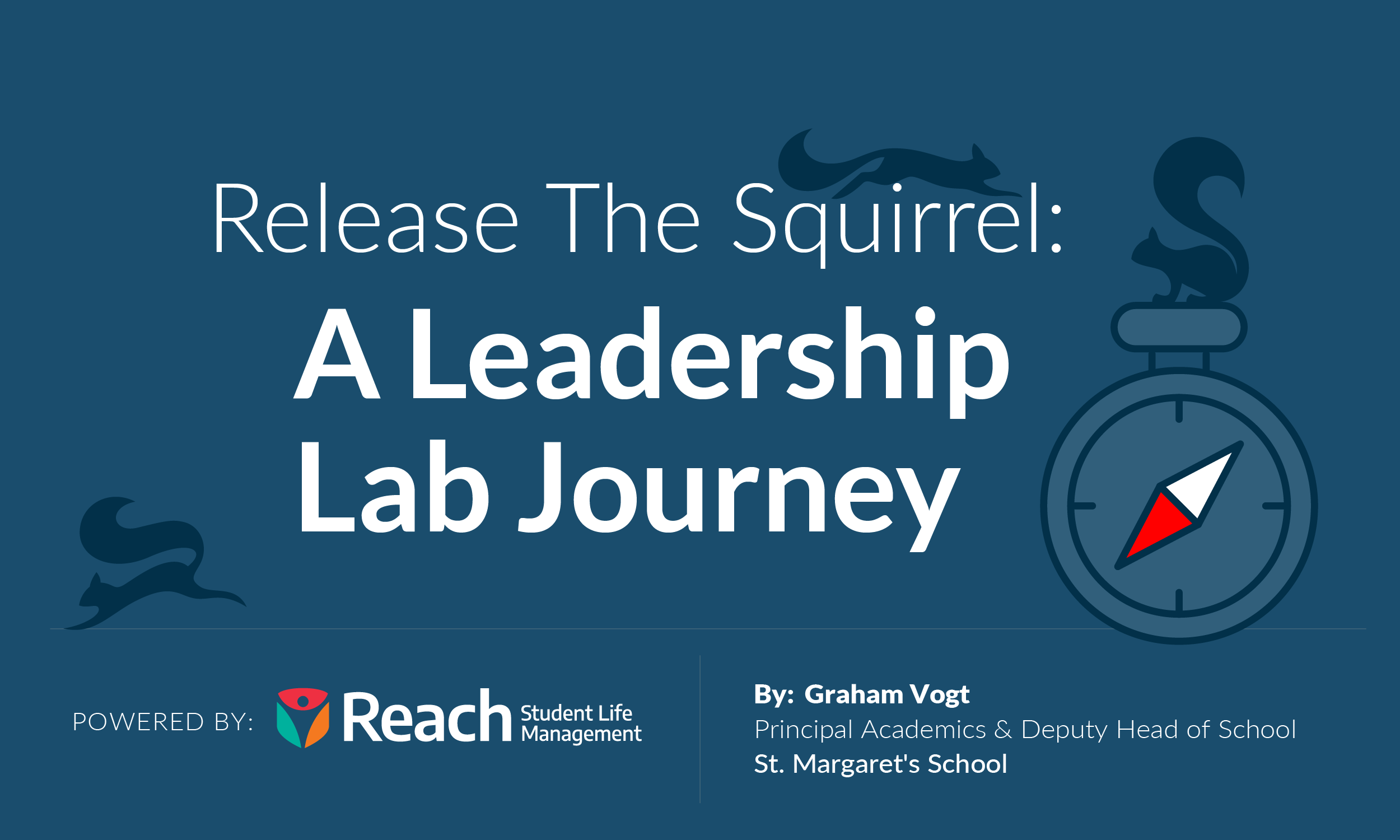
Researcher, Writer, Keynote Speaker, Mentor, Author of One Trusted Adult: How to Build Strong Connections and Healthy Boundaries with Young People
July 17, 2024
In our relationships, we humans handle boundaries in one of two ways: We either take control and set our expectations around physical touch, intellectual exchange, emotional vulnerability, material sharing, and time, or we wait to sort out those expectations as we react to situations in real-time. When we wait and respond as situations arise, confusion and disagreement tend to follow.
While boundaries are necessary and simply reflect the need to operate within safe, appropriate, and healthy relational limits, the message to educators can feel far more dire. Most boundary trainings in education start and end with a litany of forbidden practices, or attempt to frighten participants with stories of litigious, career-crumbling, or criminal outcomes. As an educator, I left these types of trainings terrified, wanting to build a really tall wall around myself, wear a hazmat suit, and never go near a child again! But…I decided, instead of building the wall or purchasing the hazmat suit, to research strategies for shifting our approach from fear-based restraint to trust-based professionalism.
In education, specifically, better boundary conversations need to happen regularly, and they need to address boundaries at multiple levels:
Legal Boundaries
These boundaries focus on preventing illegal acts and violations. They include mandated reporting responsibilities, such as reporting suspicions of abuse or neglect. Adhering to legal obligations not only protects youth but also shields educators from legal repercussions or threat.
Professional Boundaries
Professional boundaries are an added layer of protection when working with other people’s children. This level of boundary emphasizes maintaining appropriate behaviors around communication, technology, shared space, power dynamics, one-on-one time, and remaining within the scope and qualifications of one’s role and expertise.
Emotional Boundaries
This level of boundary is flexible, and it adjusts as we trust. In other words, as relationships evolve and trust grows, the boundaries shift. In order to ensure that boundaries are adjusted based on earned trust and not current mood, they require self-awareness and self-management.
Social Boundaries
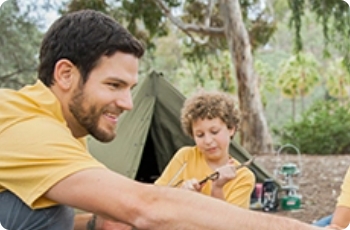
These boundaries are all-encompassing. Social boundaries are the silent norms, values, and attitudes that influence behavior in group settings. It is crucial to examine a school’s social boundaries to ensure that they align with the values of the institution.
When young people experience trust, connection, and firm and kind boundaries with at least one adult, they are better able to identify when they are experiencing the same trust, connection, and healthy boundaries with another adult—and they are also better able to identify when they are not. At One Trusted Adult, we prioritize the protection of youth and the protection of you as educators. Boundaries are a critical component of keeping everyone safe while we work toward a mission of ensuring that every student can name at least one trusted adult at school. For support in beginning or continuing a conversation on better boundaries at your school, check out the OTA Foundations course for individuals and the Make It Your Mission group course for the full staff. Both are important resources for providing your team with strategies and language for strengthening connection and setting boundaries that foster the types of relationships that support positive academic and developmental outcomes for students as well as safety and career sustainability for adults.
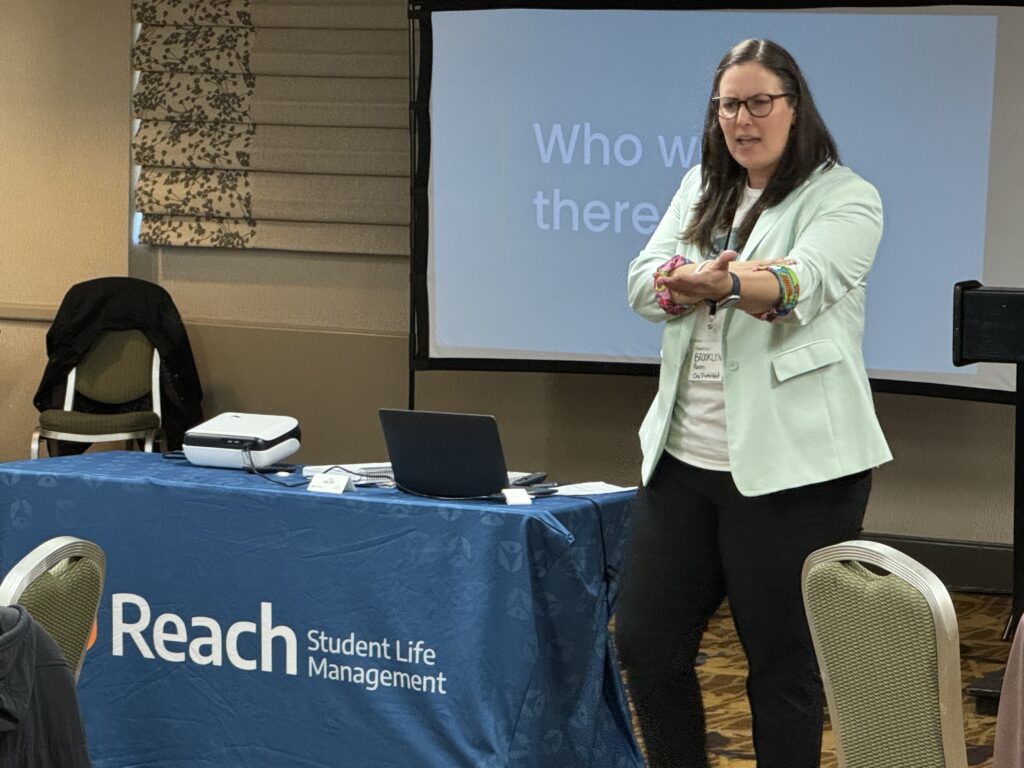
Brooklyn Raney is a Researcher, Writer, Keynote Speaker, Mentor, and Author of One Trusted Adult: How to Build Strong Connections and Healthy Boundaries with Young People.
Dr. Brooklyn Raney is also the Host of the REACH TapRoom: Bringing a wealth of experience and enthusiasm to foster a collaborative environment. Ensuring the Taproom is a welcoming and engaging space for everyone!
Already a Reach Member? Simply sign in to gain full access to The Taproom! Enjoy the full benefits of posting your questions, ideas, pictures, and comments!
Not yet a Reach School? Connect with us today! Once you become a Reach school, you’ll be able to actively participate by adding your own posts and comments.
